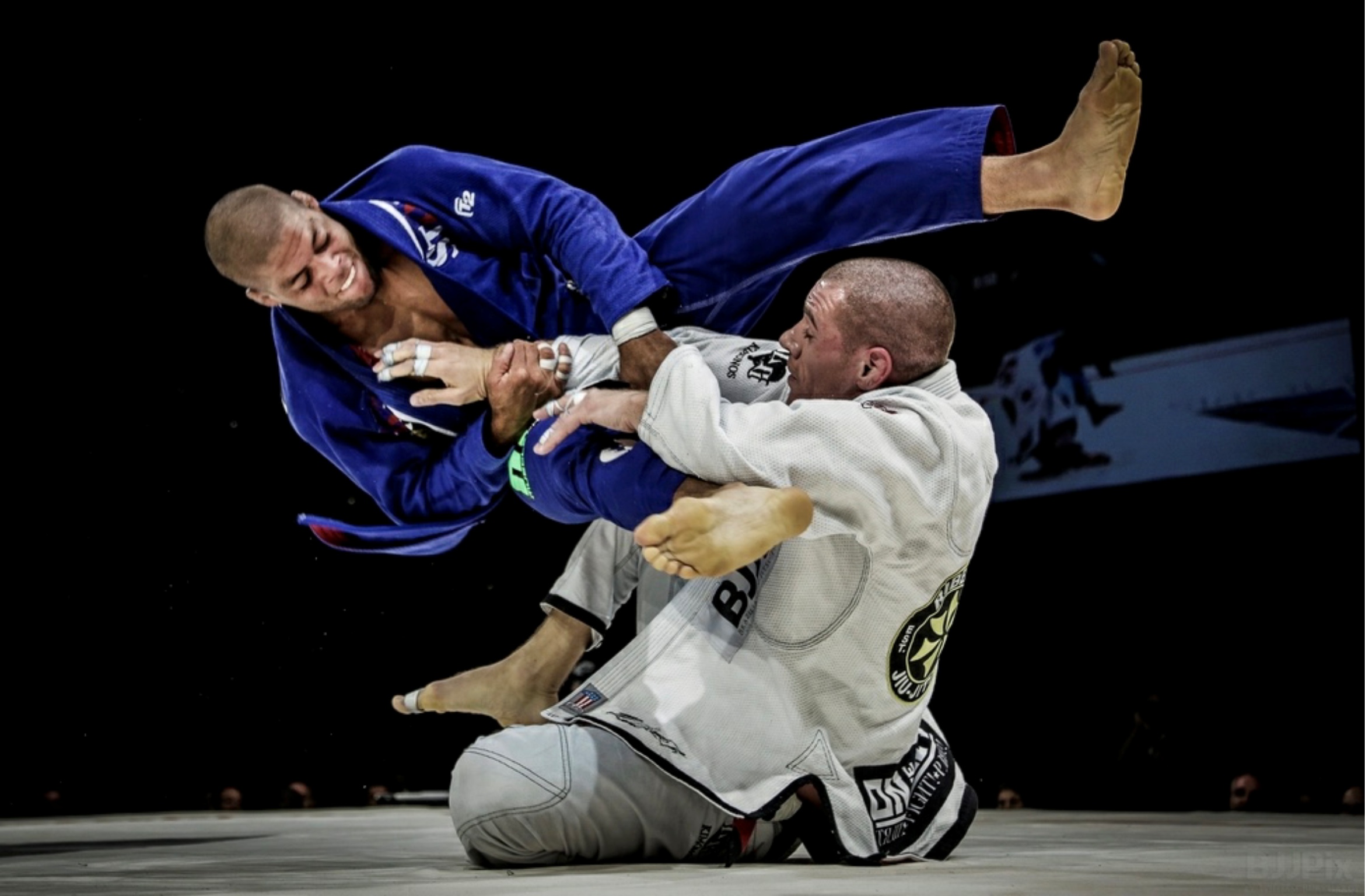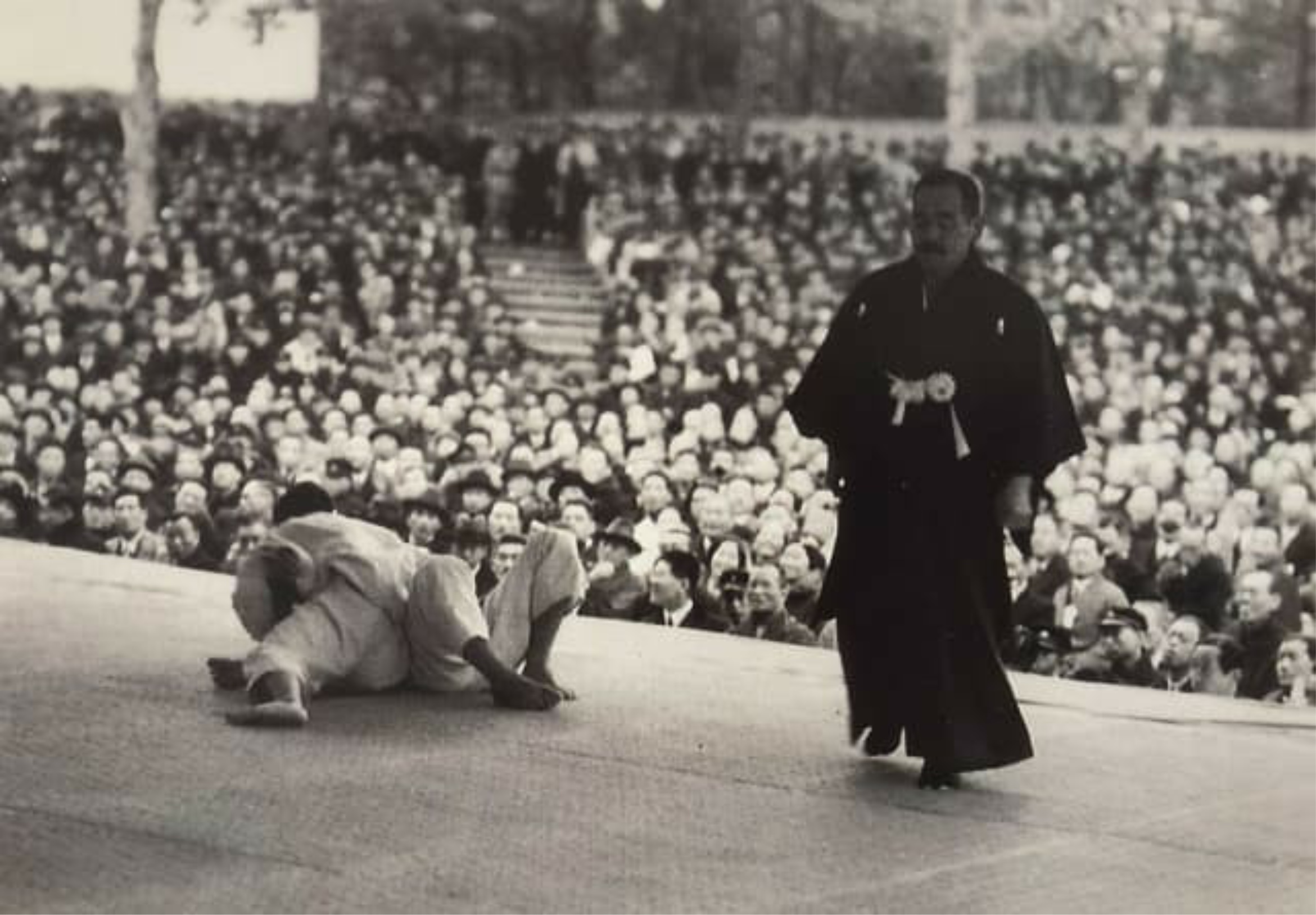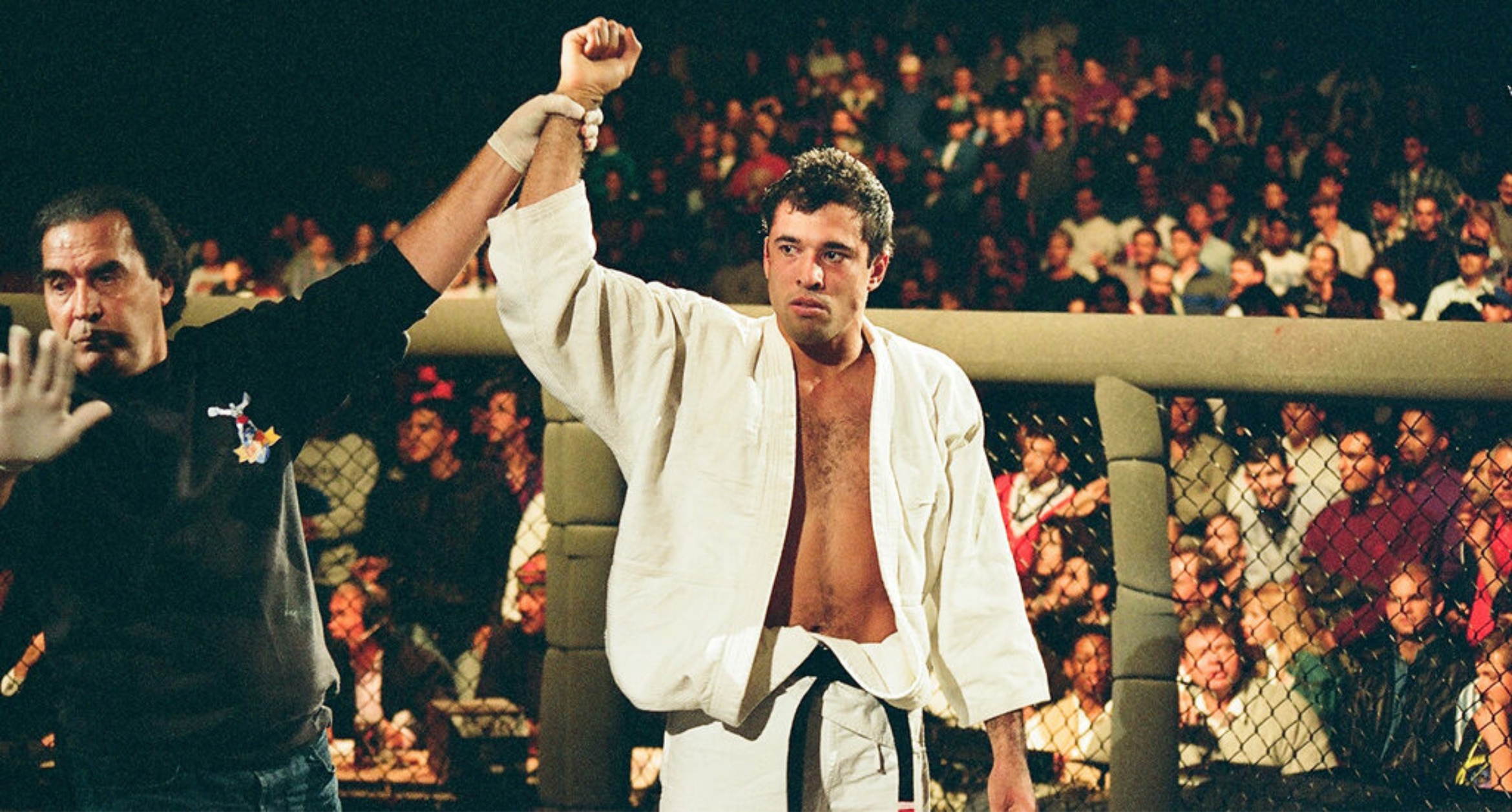WHAT IS BRAZILIAN JIU JITSU?
Brazilian Jiu Jitsu (BJJ) is a grappling-
The ability to control and overcome greater size, strength and aggression with lesser size and strength is the keynote of the art. This is done by utilising a superior knowledge of leverage and positioning. This knowledge can eventually be used to subdue and control an opponent with whatever level of severity the student chooses. This is where Jiu Jitsu sets itself aside from other martial arts as an assailant can be defeated using only the amount of aggression required to diffuse the situation.
The study of BJJ is both physically and mentally demanding. Students benefit from greatly increased physical fitness, problem-
BJJ can be practiced not only for self defence but also as a competitive sport during Brazilian Jiu Jitsu and/or Submission Grappling (No Gi) matches. When a sufficient level of competence is achieved it is also possible to participate in mixed martial arts (MMA) matches. This modern full-

THE ORIGINS OF JIU JITSU
The true origins of Jiu Jitsu are shrouded in mystery. Some consider it to be a purely Japanese creation while others suggest Chinese, Indian or even Greek roots (through the conquests of Alexander the Great). What is known is that during the Sengoku and Muromachi periods of Japan's history the samurai began to develop a system of close combat that favoured throws, joint locks, strangulation and immobilisation techniques. These methods were preferred as the striking techniques used in other hand to hand systems of the time were ineffective against the armour worn by the samurai on the battlefield.
It was not until the Edo period in the 17th Century that the term ‘Jujitsu’ first appeared. During this time new and strict laws imposed by the Tokugawa Shogunate in order to reduce war forced further evolution of techniques as the weapons and armour of the samurai became less prevalent. With fewer wars the numerous schools or ryu of Jujitsu turned to duels and challenge matches as an outlet for their competitive natures. A characteristic that survives to this day.

In later years the practice of Jujitsu would become more regimented with the devastating and violent techniques being mainly taught as choreographed sequences known as kata. Techniques such as eye gouges and groin strikes could not be realistically practiced due to the obvious dangers to the participants. Eventually a young student of this classical Jujitsu named Jigoro Kano would come to see a problem with this method of teaching.
The genius of Kano was that he saw that he could make Jujitsu more effective by removing the lethal and dangerous techniques from competition so that practitioners could practice with full resistance. Through this method real live athletic ability could be developed. Kano would eventually coin the term 'Judo' in order to differentiate his revolutionary system from the more classical schools of Jujitsu.

Although by no means the only one, it would be one of Kano's students, Mitsuyo Maeda, who would become famous for bringing Judo (then also known as Kano Jujitsu) to Brazil. Originally a student of sumo and Jujitsu, Maeda came to Kano's school, the Kodokan, in Tokyo when he was 18. In time he would gain the reputation of being one of it’s hardest working students, ultimately defeating 8 consecutive opponents to earn his 4th Dan in Kodokan Judo. Like many Japanese of his generation, Maeda would eventually look abroad to escape the economic strife of his homeland at this time. During these travels Maeda engaged himself in numerous demonstrations and prize fights, a practice frowned upon and forbidden by Kano. To avoid conflict with Kano and the Kodokan Maeda rarely used the new name of 'Judo' in connection with these matches, preferring to use the older and already well known term of 'Jujitsu' when referring to his fighting style.
The history of the relationship between Carlos Gracie and Mitsuyo Maeda is as shrouded now in mystery as the arts ancient origins in feudal Japan. What is known is that, Carlos Gracie saw great potential in Kano Jujitsu (Judo) as a means of personal development and immediately set about passing what he had learned on to his brothers and their sons. Over the years the Gracie family would resist assimilation into the Kodokan and its fighting style that very much favoured the nage-waza (throwing techniques) over the newaza (ground techniques) preferred by the Gracies. The stage was set for a split in the art as the family and its students, through the generations, went on to develop their own distinctly Brazilian style that they would call 'Gracie Jiu Jitsu'.

The rest, as they say, is history.
Written by Russ Homer